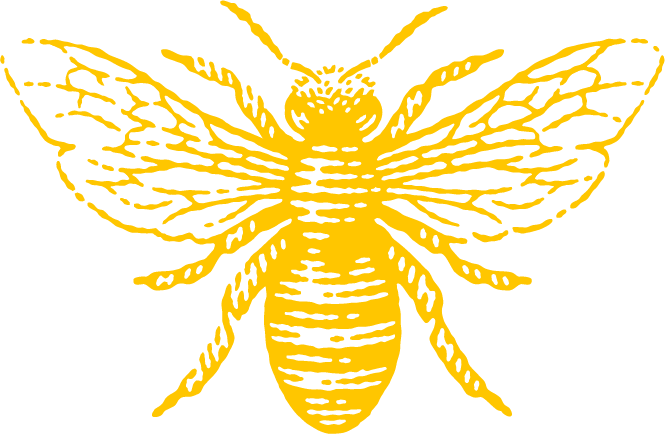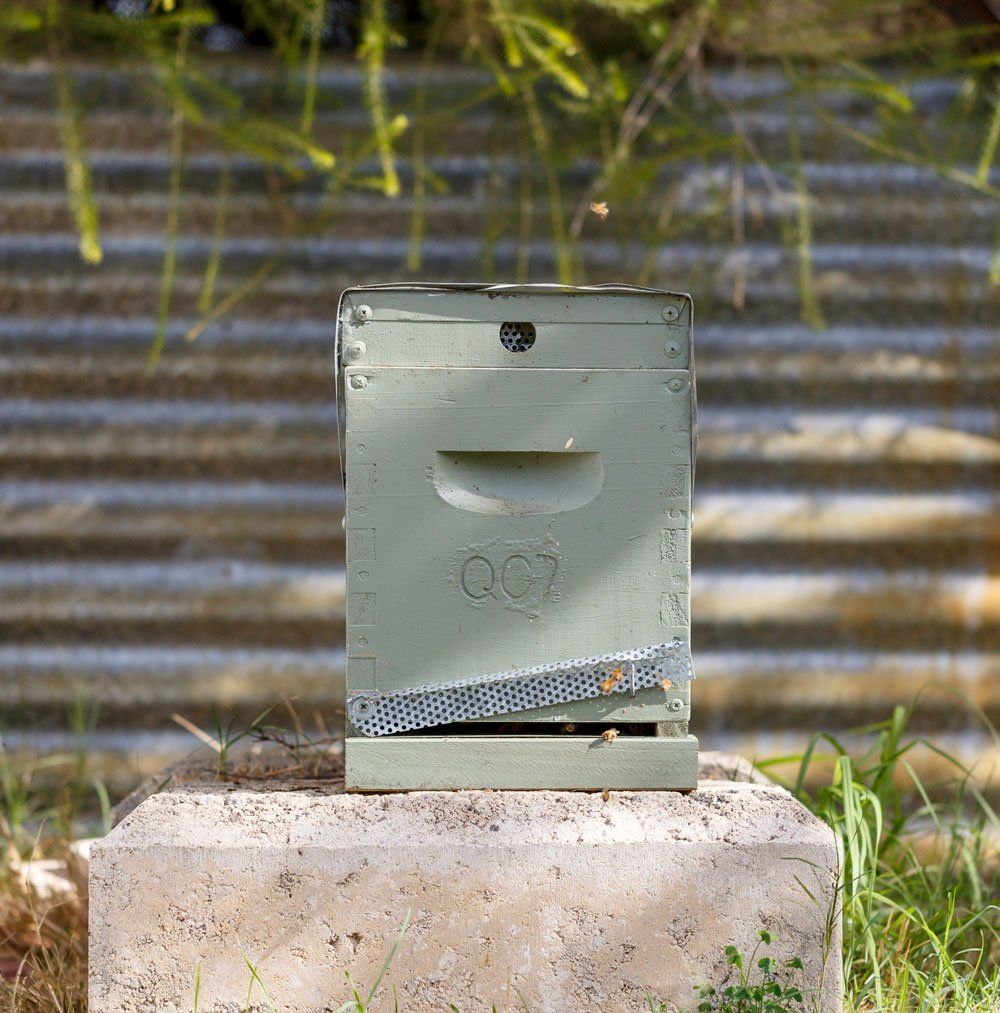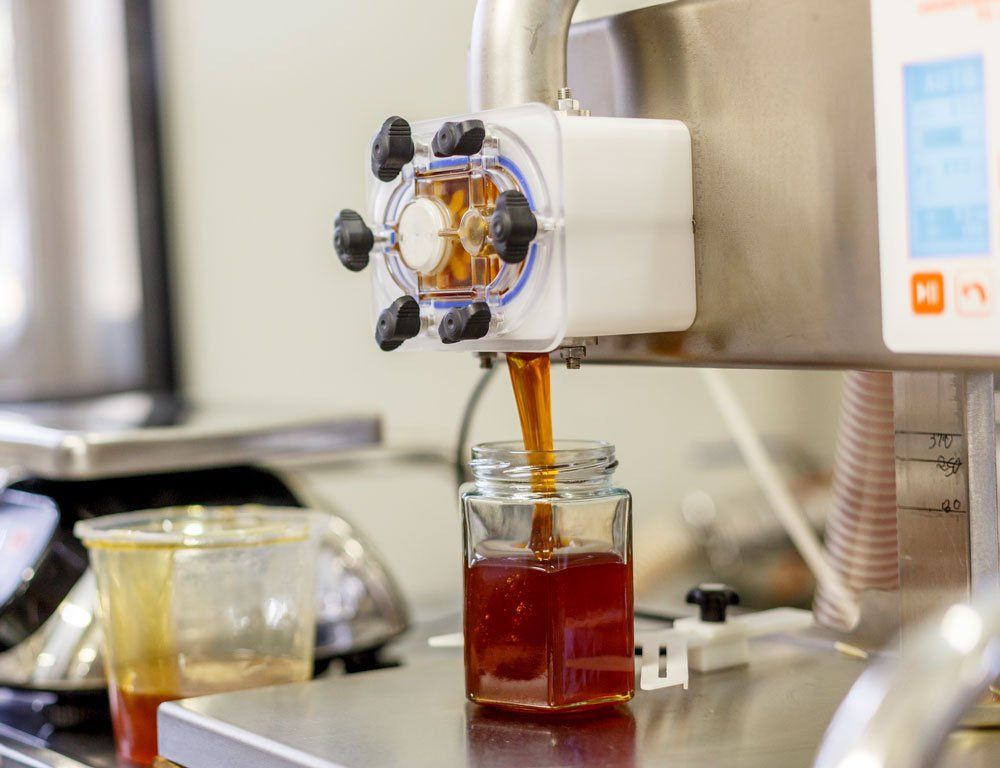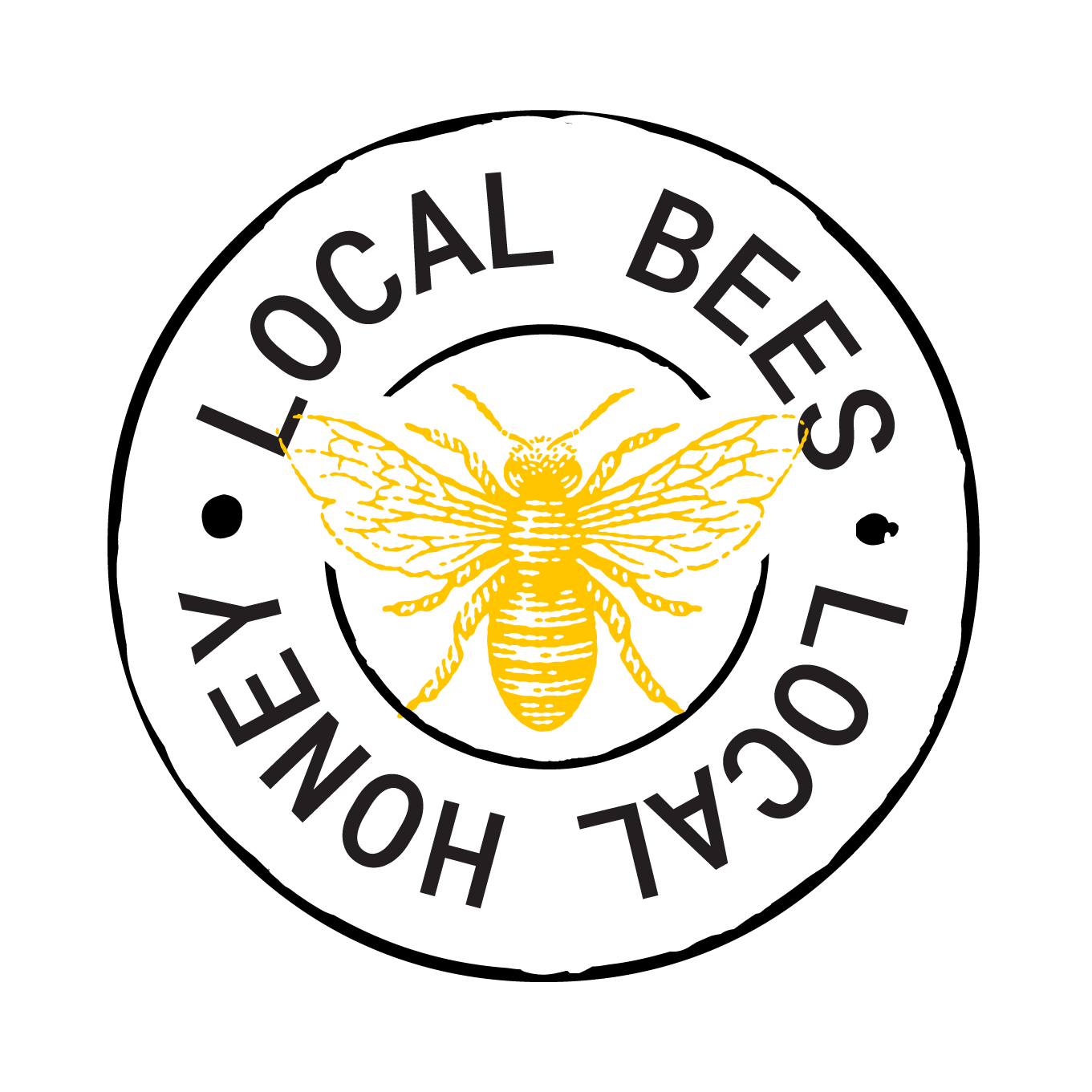Free shipping on orders over $150 in Perth Metro area.

Online click & collect
Keeping sustainable beekeeping alive & local.
Our Beekeepers — and of course, our bees — are the heroes of the House. Read on to get the scoop on bees, our beekeeping process, and how our honey goes from the hive to the shop.
Fast facts
The average worker bee lives for around six weeks and produces about a twelfth of a teaspoon of honey.
At The House of Honey, we have 500 hives and 50 million bees — that’s 100,000 bees per hive.
Hives have three main types of bee — the Queen, drones, and worker bees. Each has a critical role that keeps the hive’s ecosystem going.
The colour and taste of honey depends on the flower source. Honey can be vibrant yellow, red-orange, forest black, even pearly white.
Small but mighty
Bee basics
It’s difficult to pinpoint the ancestry of the bee, as fossils are extremely rare. However, we know that about 80 million years ago, bees evolved from a wasp-like ancestor that gave up its carnivorous diet for a vegetarian one.
Throughout history and today, bees are known for their role in pollination and, in the case of the honey bee, producing honey. Their pollination is pivotal to keeping natural ecosystems alive and thriving throughout the world, supporting animals large and small.
A future without bees would really sting.
Unfortunately, due to human impact, climate change, and other unknown circumstances, bee habitats are threatened. In some parts of the world, bee populations have declined by 90%. If we were to lose bees completely, entire ecosystems, wildlife, flora, and fauna would be severely and irreversibly impacted. This includes humans — for example, we depend on bees to pollinate 80% of our food crops.
To get bee numbers healthy again, our friends need a helping hand. That’s why communities across the world have been founding and supporting bee revival initiatives. A big part of this is practicing and promoting sustainable beekeeping.
The art of apiculture
The timeless craft that captivated the world.
Evidence of apiculture (beekeeping) has been discovered across the world, reaching back thousands of years. In Spain, there are rock paintings, over 7,000 years old, depicting the ancient beginnings of apiculture. We also know the first Apiculturists (beekeepers) were the Egyptians in 2400BC, and the Ancient Greeks quickly caught on as well. Romans developed apiculture into a major rural industry throughout their Empire. As global exploration took off, beekeepers were found in Mexico and Central America. European settlers then introduced the European honeybees to the Americas. The rest is history.
Sustainable beekeeping.
At The House of Honey, we use a blend of traditional beekeeping techniques as well as new age methods. Everything we do is measured, managed, and sustainable. We’re here support healthy bees, hives, and habitats, promoting thriving bee numbers. The honey we get is just a nice perk — we’re really here for the bees.
Our beekeepers have a unique relationship with the bees, built on respect. By carefully tending to every hive, we’ve developed an intimate understanding of each colony. We know no two hives are the same and tailor how we treat and manage each one to ensure it flourishes through the utmost care. The health, and wellbeing of a hive’s delicate ecosystem is paramount, and we’re passionate about every step.
All in a day’s work
From the field to the hive to the shop.
The honey-making process is a complex one and starts with a single seed. Beginning with plant life, the process moves to worker bees, and then we take over to bring you the raw honey our bees have masterfully crafted.
The field
A seed grows into a plant and needs to reproduce. Plants can’t move, so they rely on pollinators, like bees, to share their genes (found in pollen) for them. This is why it would be devastating if bees became extinct — no bees, no cross-pollination, no plants. Eventually, the entire food chain would be affected (including us!).
To attract bees, plants grow alluring, bright flowers with sweet nectar stored inside. When a bee visits a flower, pollen sticks to her legs as she drinks the flower’s nectar.
When she stops at the next flower, some of the other pollen she’s collected falls away and sticks to the blossom’s stigma. The cross-pollinated flower is ready to spread it’s seeds and start the process over, and the bees have the nectar they need to make honey.
The hive
The nectar, along with bee saliva, is stored in a special component of the bees stomach called a honey-sac. Once the sac is full, the worker bee (this kind of worker bee is called a forager) returns to the hive to drop it off.
Back at the hive, foragers pass the nectar to worker bees called house bees, so they can start the honey-making process. Nectar is chewed and passed from bee to bee, and enzymes change its chemical properties.
Now, the bees spread the honey over the honeycomb to dry it out. This increases the surface area and allows for water evaporation, but they also fan their wings near the honey to increase airflow and speed up the process.
Finally, the “dried” honey is deposited into the honeycomb cells and capped with beeswax to keep it fresh until the bees are ready to eat it. Or, until we come along…
The shop
We come and extract the honey sustainably, leaving the bees with ample amounts to feed on. Our bees are bred to have gentle temperments and are naturally calm, so we rarely need to use smokers. When we do, these are still ethical and don't harm the bees.
We get busy in our shop, removing the honey from the comb and placing it in jars. We might add flavour-enhancing spices along the way to create exciting taste sensations.
Our behind-the-scenes team label every jar and arrange them on our shelves in a beautiful display. In our shop, you can sample our honey variations and then take a jar (or two) home to enjoy.
Hungry for more?
There’s so much more we’d love to share with you — fly over to our FAQ page for more on bees, honey, and beekeeping.
Rubee Investments Pty Ltd. Licensee Kim and Rupert Phillips ABN: 46 606 706 196 Producers Licence: 618 0145475
Under the Liquor Control Act 1988, it is an offence to sell or supply liquor to a person under the age of 18 years on a licensed or regulated premises; or for a person under the age of 18 years to purchase, or attempt to purchase, liquor on a licensed or regulated premises.
If purchasing alcohol at our premise, you may be required to show identification.
Visit
867 Great Northern Highway
(Corner of River Road)
Herne Hill, WA 6056
Monday to Sunday 10am-5pm
Join the Honey Club
Subscribe to Get Our Special Offers
Thanks for subscribing. You'll be the first to hear about new items and special offers.
Please try again later.
All Rights Reserved | The House of Honey
Site by Helium Marketing

















